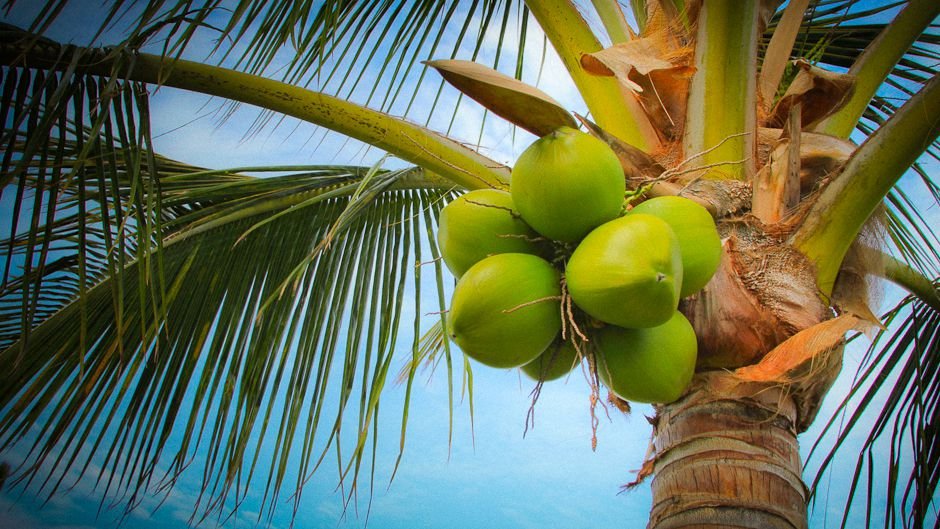An important aspect of good hygiene practices in farming is disinfection to eliminate harmful pathogens. There are several types of agricultural disinfectants in the market today.
Traditional agricultural disinfectants include quaternary ammonium compounds, hydrogen peroxide, chlorine-based disinfectants, and peroxyacetic acid. New, safer, and sustainable solutions such as Hydroliq Agricultural Disinfectants exist. Hydroliq is a revolutionary technology that turns normal water into a highly potent but safe disinfectant.
Given the wide variety of disinfectants available one can easily end up making the wrong choice. If you choose the wrong one you may end up suffering unnecessary losses. You could lose productivity as well as continue to suffer from the pathogens.
In this article, we look at the considerations you need to bear in mind when choosing the right disinfectant.
1. Why do you disinfect?
It is important to choose the right disinfectant for the right type of farming. Even where an active ingredient in a disinfectant is broad-based and used in various farming environments it is important to get the concentration right for the right impact. For example, the disinfection of the greenhouse before a new crop is introduced will need a higher concentration than for continuous disinfection when there is no visible sign of infection. The concentration required when actual contamination has been identified may also be different.
2. What pathogen do you want to eliminate?
You have to be clear about which pathogens you want to disinfect against because some disinfectants can be effective against one pathogen but ineffective against another. While most marketers indicate their disinfectants as highly effective you may need to check independent reviews on how effective the active ingredients are on various pathogens.

